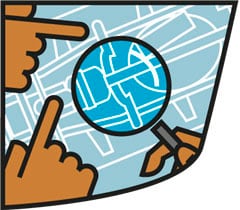
The Big Recall
It is difficult for any company to admit that it could have sent faulty products to the market. But doing so when necessary will earn it the consumer's trust
The truth of life is that recalls happen. That’s because no product is perfect when it is introduced in the market. There are always some loose ends and manufacturers attend to them as and when complaints come in from customers. And recalls are true for a whole range of products; from bulky cars to puny little toys.
To get an idea, take a look at all the major recalls of the last decade. In 2000-01, Ford, then the second largest auto maker in the world, had to recall almost 13 million tyres manufactured by US tyre maker Firestone at a cost of approximately $2.1 billion. Then, in 2006, Dell, recalled close to 4.1 million batteries fitted in its laptops, manufactured by Sony. And in 2007, Mattel toys, America’s largest toymaker recalled more than 20 million toys that had been manufactured in China. Then again in 2007, Nokia recalled close to 46 million BL-5C batteries in its cell phones around the world, manufactured by Matsushita, a Japanese corporation which manufactures several electronic goods under the brand name Panasonic.
These are all big ticket recalls and have cost those involved a lot of stress, dilution of brand equity and of course sizeable amounts of money. But, in most cases, a recall assumes the status of a crisis only when a manufacturer tends to procrastinate finding a solution for the problem at hand. There are just two golden rules to avoid a recall crisis. One; accept the problem because the consumer knows best. Second; fix it as soon as possible.
STEP 1
Accept the Problem

This is the most critical step in the process of a recall. A company can identify the problem in two ways; first, based on the frequency of complaints from customers or when it does a feedback/evaluation survey all by itself. In Maruti Suzuki’s case the company found out the fuel pump problem in the A-Star when it conducted an internal audit. However, Toyota Motor Corporation announced a recall only when customers increasingly complained about a stuck accelerator problem that had led to accidents and loss of many lives.











